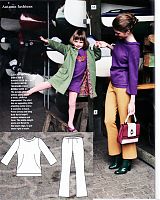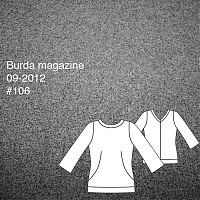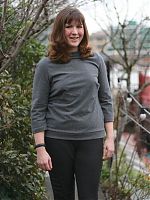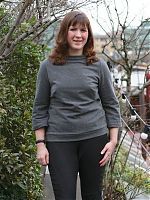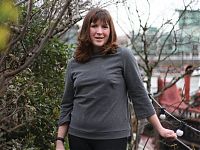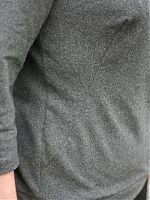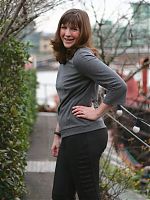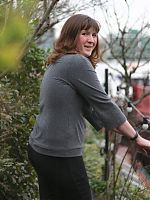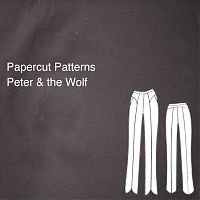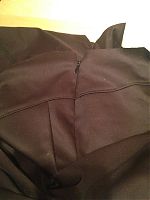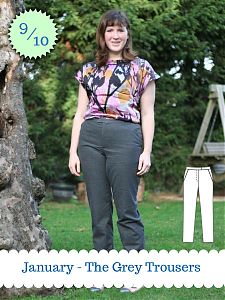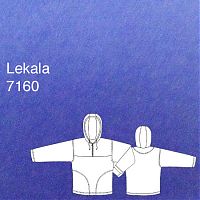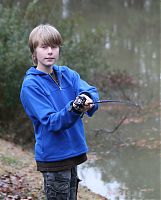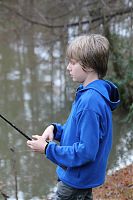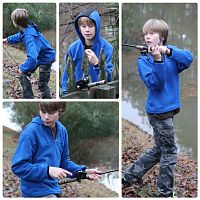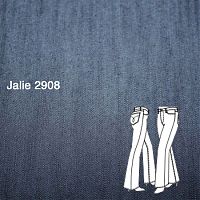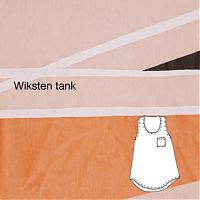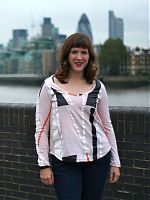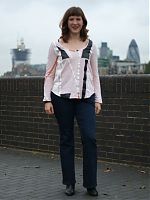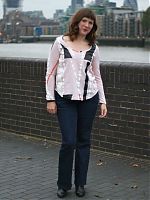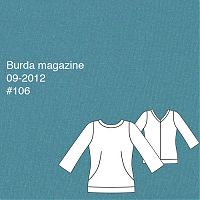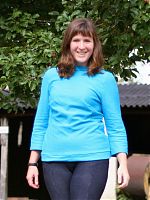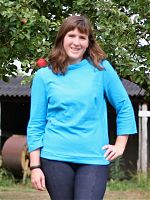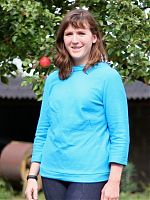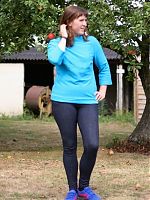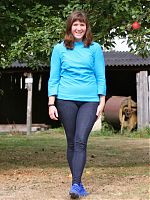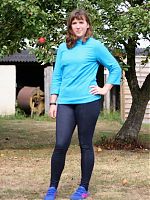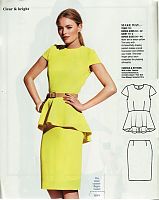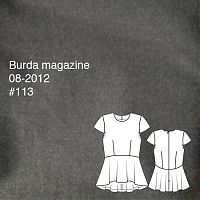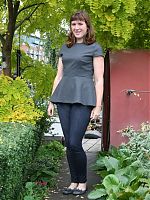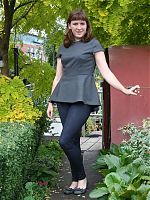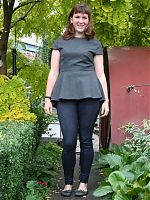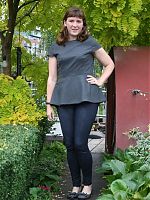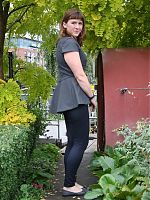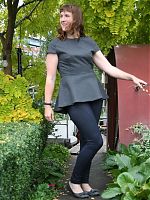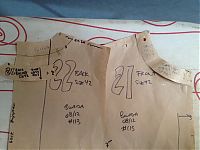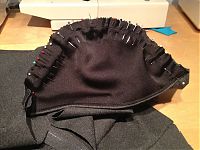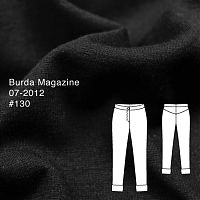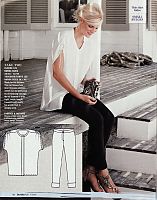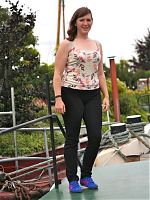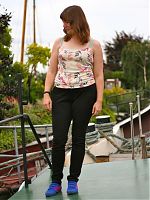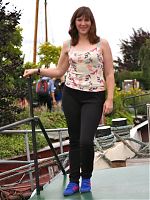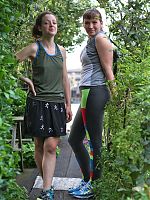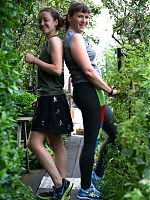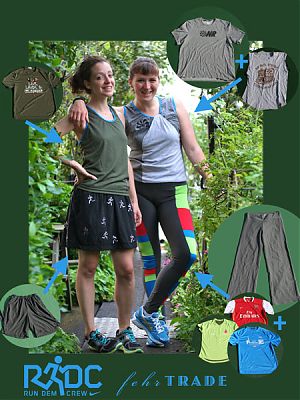I’ve been meaning to sew both of these pieces for a few months now, but it didn’t occur to me exactly how well they work together until I went to do the photoshoot and realised, hey – these make for a great transitional weather casual outfit!
The wool sweatshirt
I mentioned it in my Burda Challenge roundup but I abolutely adore my turquoise chic sweatshirt from the September 2012 Burda magazine (or you can purchase the download pattern here), and I wear it so much I’ve been plotting another ever since. I’ve had this wool blend fabric in my stash since our honeymoon in 2010, when I bought it at Elliott Berman in NYC. I’m not sure if it’s a jersey or a woven, and it’s got a bit of loft and stretch, but it’s not as spongey as your typical loden. And for a wool, it’s super soft and not scratchy in the slightest.
So I made another “chic sweatshirt” out of this wool – does this make this one my “luxe sweatshirt” or something?
As before, you’ve really got to baste those curved front darts carefully so they’re accurate when you sew them. I always do my hand basting with silk thread (hot pink so it stands out against pretty much everything I sew) because it pulls out so much easier than polyester or cotton thread when you’re done.
I really like the detail of the curved, darted sleeve head, which makes the construction of this more like a raglan sleeve than a set in one.

